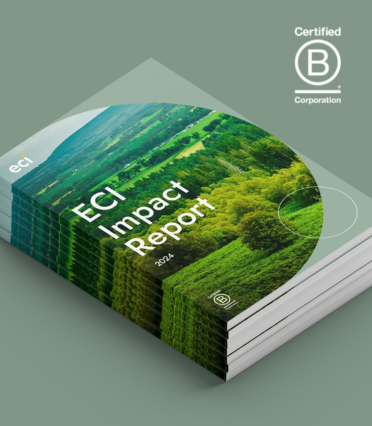
Following a year of great change in the education market, we catch up with Investment Manager, Rory Nath, about the future of ed-tech in the wake of Covid-19:
What areas of ed-tech are investors most interested in at the moment?
Ed-tech is an incredibly hot sector right now. We’re seeing a lot of great businesses disrupting their markets through Covid-19 and using that as a foundation for exciting growth ambitions. As investors we like to back businesses and management teams with a track record of growth and a strong market position, so we’re most interested in finding opportunities where Covid-19 is accelerating a market trend that was already well underway.
We’re seeing a lot of that in Corporate learning. There has been a long-term shift from predominantly offline to more online-focussed approaches, but I think we’ll look back at Covid-19 as the start of another wave of the market maturing. Where corporates still thought a training need could only be delivered face to face, we have seen a forced change of attitude. For example that could be for commercial skill sets, like sales enablement, for professional qualifications, or for high stakes assessments. Ed-tech businesses that have successfully taken these online are now very well placed for future growth.
In parallel, corporates have been faced head on with some key talent management challenges for the new future of work – upskilling, reskilling and keeping employees engaged remotely. Learning platforms that focus their technology on user experience to drive real learning outcomes had been getting strong market traction before Covid-19 but have now come into their own.
In K-12 and higher education we’re focussing on software that helps education institutions run more effectively. Ultimately, we’re looking for tech that makes life easier for educators and their support staff. This could be around improving administrative efficiency or helping them to use data for more targeted interventions with their students. Most schools and universities are still on a journey to move to more modern cloud solutions. Covid-19 made it more obvious where pen-and-paper process or old technology was inadequate and has put more energy behind that change.
Do you expect education to simply to return to business as usual after the Covid-19 crisis has passed?
First off, I hope that students can get back into the classroom soon and return to “business as usual” in that respect. Most people accept that for children and young adults, fully remote learning isn’t a substitute for a well-rounded classroom experience with social interaction.
That said, I do think Covid-19 will have a lasting impact on how education is delivered in all settings. Attitudes to online and blended learning have changed and that is often the hardest barrier in tech adoption. So rather than a return to business as usual, I expect more rapid progress on the horizon. Importantly too, I think technology has a significant role to play in addressing some of the challenges created by Covid-19, for example a worrying increase in the attainment gap for disadvantaged students.
Similarly on the administrative side, there is very little appetite to go back to old ways once a fundamentally better system has been adopted. Our portfolio company, CPOMS, is the global leader in safeguarding software and has never seen a school returning to pen and paper process after using its SaaS platform.
What advice would you give to ed-tech businesses who have seen a surge of demand due to Covid-19?
The focus has to be on capitalizing on the opportunity and carrying the momentum into the post-crisis period. A good place to start is making sure you can demonstrate lifetime value in the new customers you’ve recruited during the surge of demand. Double down on customer service ahead of their first renewal period and understand the opportunity to drive upsell. Then look to where the next wave of demand is coming from. A lot of schools, universities and corporates were reluctant to make purchase decisions during the early stages of the pandemic even though the need was high. That volume will come through in the next 12 months.
When you have time to come up for air, it is important to think about the long-term opportunity. Covid-19 may have driven short-term disruption, but you need to have a very clear view of where your market is going in the next 3-5 years and how you’re going to win out. That’s linked to how you think about your sources of sustainable competitive advantage. “Which customers do you target?” and “why do you win?” are questions investors always love to ask, particularly in the hyper-competitive ed-tech environment.
We always love to meet ambitious ed-tech businesses, so please do get in touch.


